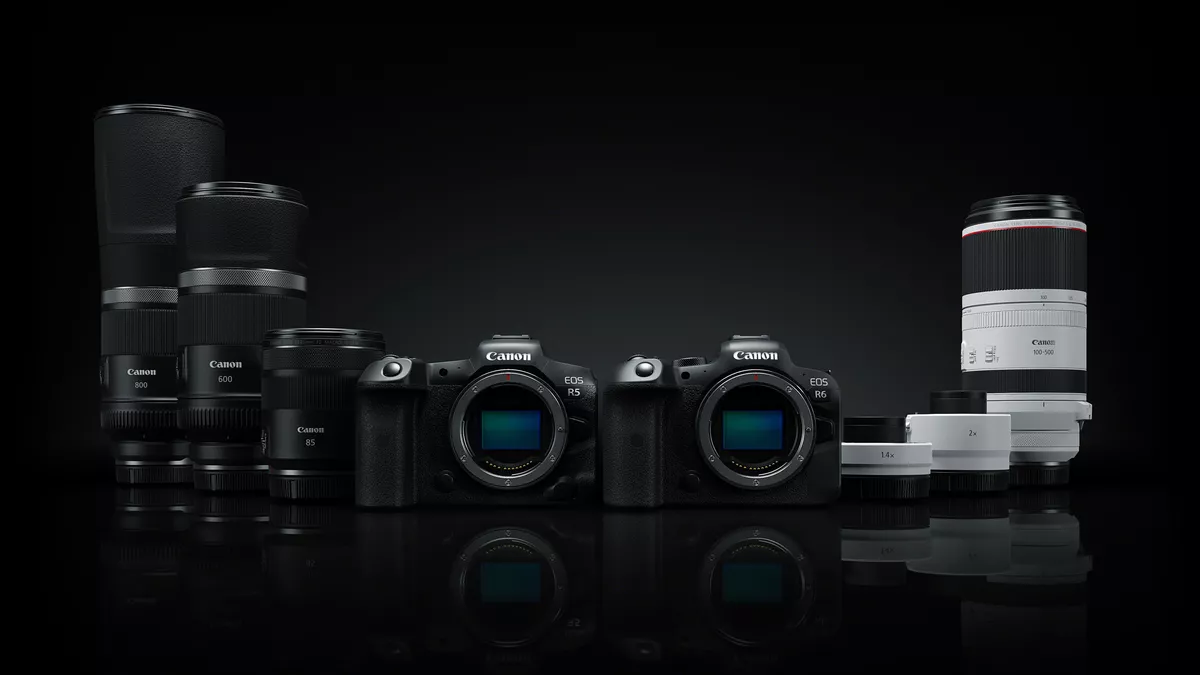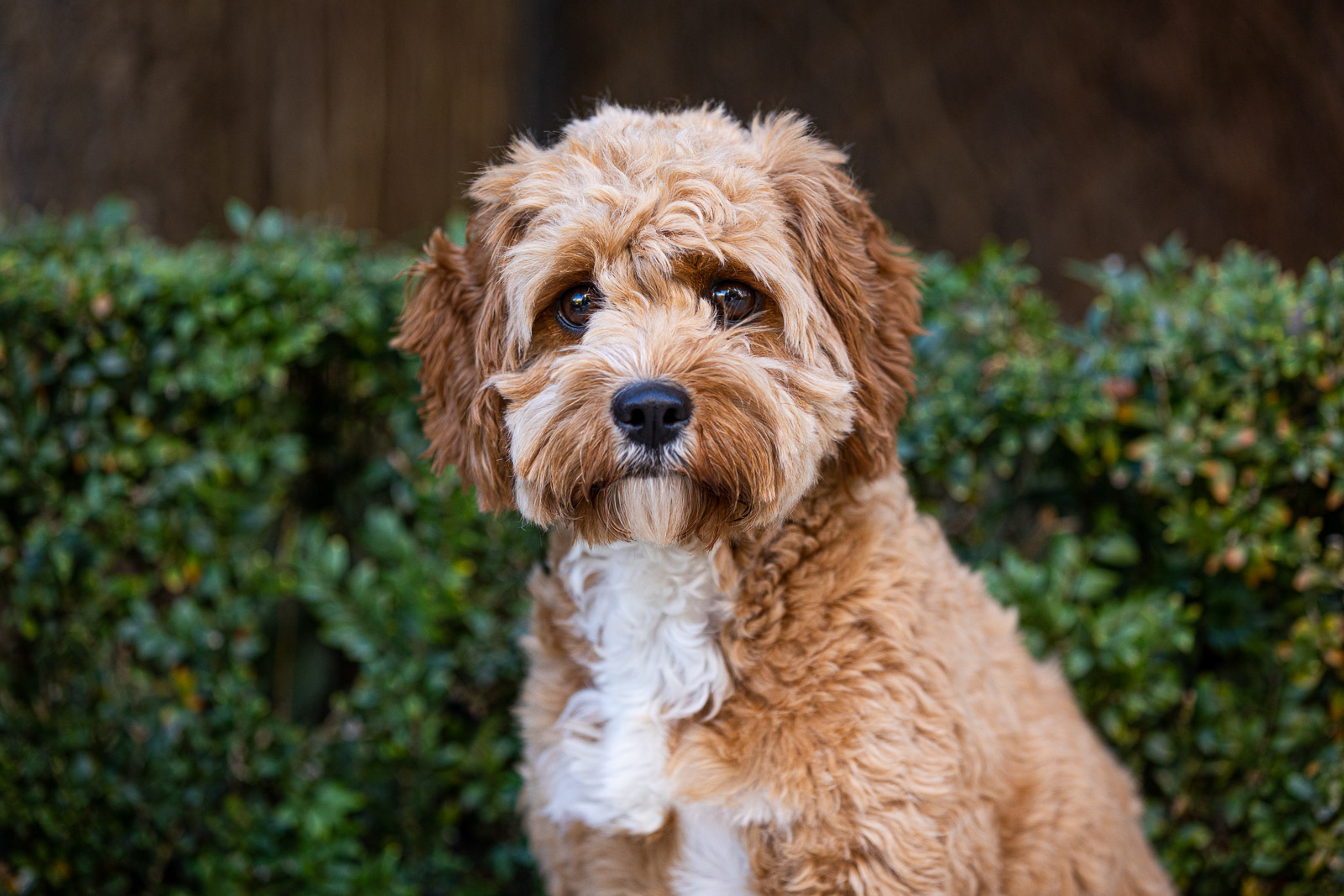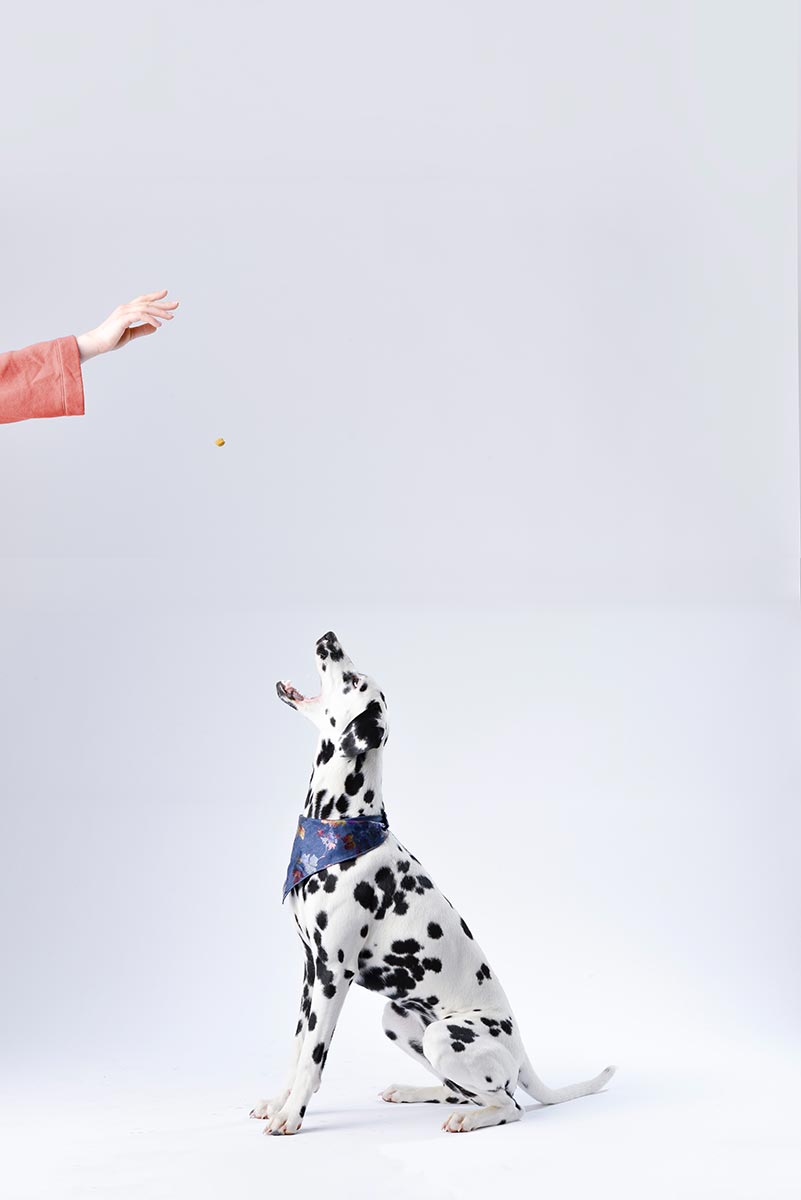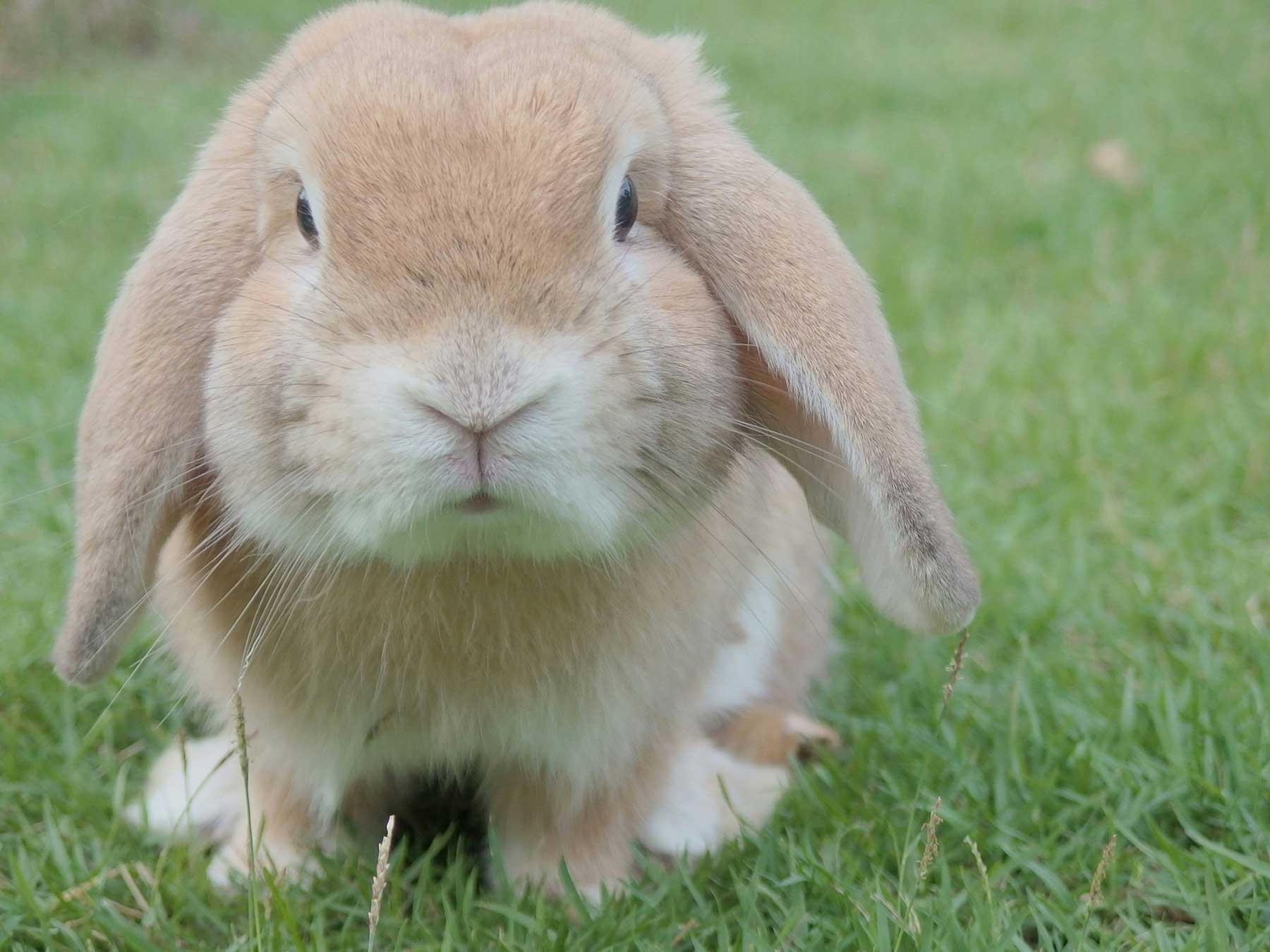What is the best camera for pet photography?
As experienced animal photographers we’re often asked by up and coming pet photographers and students, ‘What is the best camera for pet photography?’.
Up until recently we blew out our cheeks and said well….. it depends on how much you want to spend, what lenses do you already have, is this for profit or pleasure, is it to photograph dogs in a studio or is it to photograph dogs on location at dog shows or dog agility events?
The questions seemed endless and ultimately we’d usually say they should stick with their current brand since they already had a decent lens or two as most cameras were doing a similar job and creating similar results, but all that has changed…
Writing as a long time Canon shooter I was resistant to upgrading to a mirrorless DSLR since I couldn’t see much upside and the cameras were working just fine, but then Canon released the R5 & R6 models.
Let’s just say, it’s made pet photography a whole heap easier to shoot!
Remember those days on your 50mm at f1.2 and the dog moved just a whisker, turning your perfectly composed shot to a pile of blur? Yeah? Well, those days are gone! The animal eye focus that comes with the Canon R5 & R6 bodies is simply sensational!
We’ll talk through some of the other features of these game-changing cameras, before coming back to talk more about the eye focussing capabilities.
Canon R5 v R6
There has been alot of chat about which is the better camera of the two in this professional range and for us there is very little to discern between the two when using in the field.
Sure, there are technical differences in the specifications, but using the cameras to photograph dogs in studio and outdoors, we’re finding them to be virtually identical in performance and output.
The most obvious physical difference is that the R5 has an LCD screen on top next to the shutter button, like most Canon cameras before them, whereas the R6 has done away with this and the photographer needs to use the back LCD screen or eyepiece viewer to see the same information. Not a deal breaker for the R6 but it is a slightly annoying change for long time Canon users.
Aside the animal eye focus, some of the other features that we love about the R5 R6 are:
- Incredible 8K video on the R5
- Insanely good subject tracking when using video – great for dogs!!
- Huge 45Mb files on the R5
- R5 includes 5-axis In Body Image Stabilization, giving up to 8 stops of image stabalization with certain lenses
- Smaller package than previous cameras like EOS MkIV
- R6 & R5 shoot up to 20 frames per second, R5 – all with NO shutter noise!
While we mention the large 45MB files being useful, having also shot on the R6, we’re finding that the 22.5MB sized images that it’s producing are of an awesome quality.
The files coming out of the R6 are so clean and sharp that the file size difference between the two camera hasn’t presented an issue yet, and combined with the new updates and capabilities in Adobe Lightroom, if we need to boost the size of an R6 file, it’s easily done with no visible degradation.
Animal Eye Tracking Auto Focus
So, while we love the Canon R5 & R6 cameras as a complete package, the outstanding feature for us has to be the amazing auto focus. Not only does the tracking auto focus work well on any moving objects, but it excels at tracking both human and animal eyes, locking on to an animal’s eye, even when running at speed or moving erractically. Our hit rate of sharp shots has been 95% at times! Compare that to previous cameras where you did your best to keep up with a fast moving dog – hit rates could be pretty low!
We’re posting several useful videos below showing the R5 & R6 animal eye autofocus in action, from Brisbane pet photographers Charlotte Reeves and another from portrait photographer Kelly Brown.
As you can see from the videos above, the animal eye tracking focus on both the R5 & R6 is simply awesome and will change the workflow for many pet photographers and make shooting with animals much easier in many ways. Sure, dealing with animals is never going to be straight forward, but using a camera that has such incredible auto focus capabilities is going to make things much more enjoyable and probably quicker.
Is the R6 or R5 better for pet photography?
We have shot both the R6 and R5 camera bodies with our Melbourne pet photography clients and while we prefer the physical set up of the R5 for it’s top mounted LCD screen, the difference in price steers us towards recommending the R6 for most pet photographers.
When clients start requesting 8K video or dog photography clients insist on 45MB sized files we will upgrade to an R5, but until then the R6 is working just fine for most private clients.
Where is the best place to buy Canon R5 and R6?
We’re big supporters of local camera stores and the immense amount of photography knowledge that comes with them but like most people running a photography business, we’re also price aware when purchasing new camera equipment for photographing dogs so always like to look around first.
In this instance, when purchasing our new Canon R6 bodies we couldn’t go past the Amazon price of $3490 each PLUS $180 cashback per body.
When compared to local retailers there was an average price difference of around $700 per camera. You can buy alot of other camera equipment with that kind of difference! In fact, it would cover most professional pet photography studios insurance for you the year.
Wherever you decide to purchase your Canon R5 / R6 from, we can guarantee you’re going to LOVE using it for pet photos!
Find Professional Pet Photographers in Sydney, Melbourne & Brisbane
Whatever life stage your pet is at, your local pet photographer will have the perfect package to suit your furry friend!



